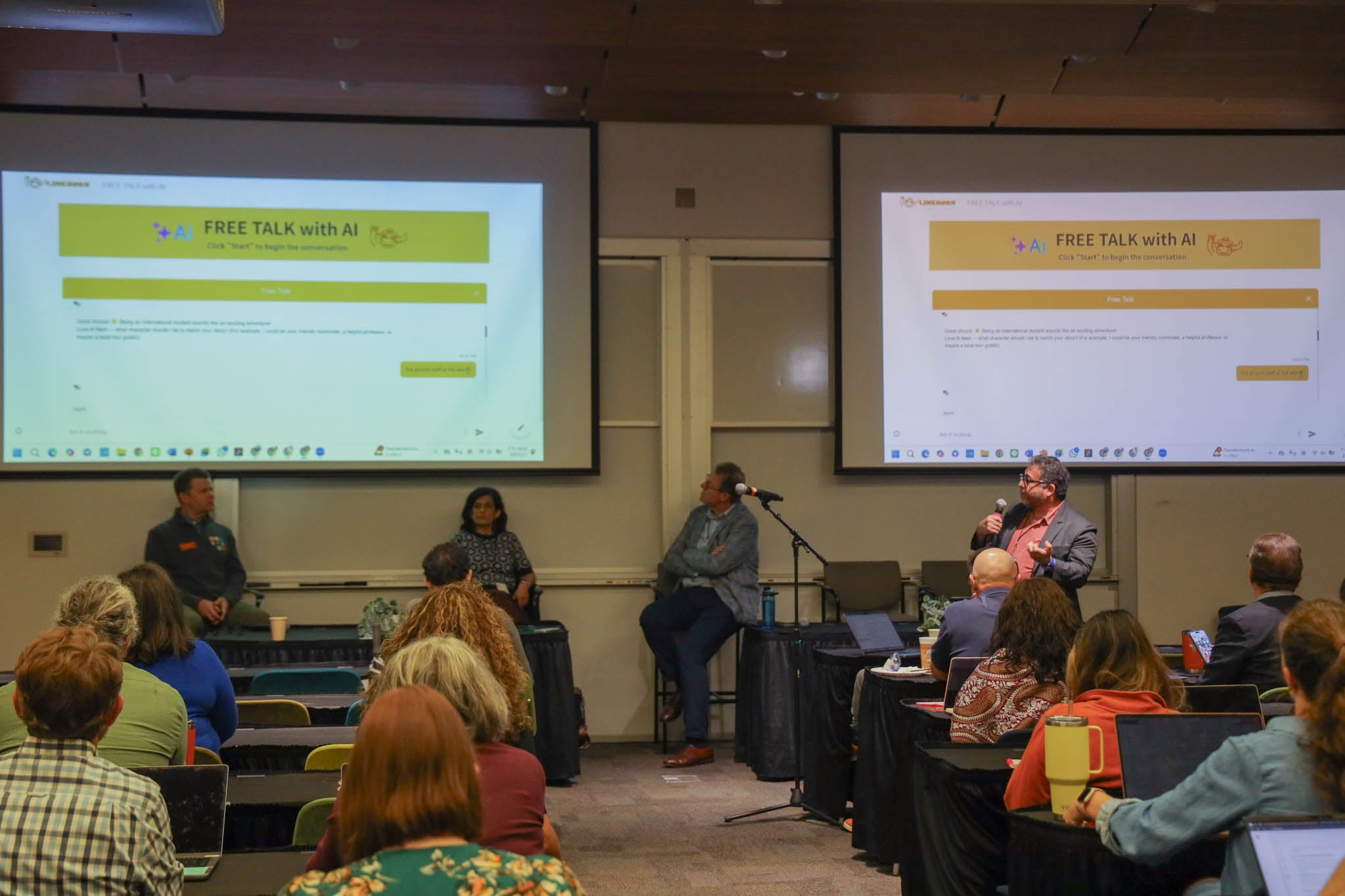Governor Lamont and Commissioner Russell-Tucker Urge Local School Districts To Implement State Board of Education-Adopted Policies on Personal Technology Use in Schools

(HARTFORD, CT) – Governor Ned Lamont and Connecticut Education Commissioner Charlene M. Russell-Tucker are urging local school districts in Connecticut to consider implementing recommendations contained in a position statement and policy guidance document regarding the use of personal technology, such as smartphones and similar devices, in K-12 public schools that was adopted today by the Connecticut State Board of Education.
Created at the direction of Governor Lamont by the Connecticut State Department of Education, the document – titled Personal Technology Use in Connecticut Schools: Impact of Social Media and the Use of Cell Phones on Student Learning and Mental Health – provides school districts with guidance when drafting and implementing policies to promote a focused learning environment that restricts access to smartphones, other similar personal technology devices, and social media during the school day.
Commissioner Russell-Tucker presented a draft of the guidance to the Connecticut State Board of Education, and its members approved it today by a unanimous vote.
Governor Lamont said that the enactment of stronger policies on this issue are necessary because the increasing use of smartphones in schools has been causing serious distractions among students and having negative impacts on their education and mental health. He stressed that this guidance is intended to provide local school districts with a model framework, and it is up to each district to enact their own policies on this issue.
“All too often, our young people find themselves too distracted by their smartphones and disconnected from the reality of what is happening around them, including while in their classrooms, and it’s having negative impacts on their learning and mental well-being.” Governor Lamont said. “It is crucial that we adopt stronger policies to address this issue head-on. The state’s guidance provides a clear framework, but it is up to each school district to shape their own policies that meet the needs of their students and communities. I appreciate Commissioner Russell-Tucker and her staff, as well as the members of the Connecticut State Board of Education, for their work to research and develop this important guidance.”
“The State Board of Education’s action underscores our department’s dedication to ensuring classroom environments that are conducive to learning,” Commissioner Russell-Tucker said. “By removing the distraction caused by smartphone use during the school day and fostering a healthy balance with the positive use of technology, we create schools and classrooms that maximize peer-to-peer and student-to-educator interaction, develop social skills in interpersonal communication, and positively impact academic growth and success, all while supporting student mental health.”
The guidance includes an emphasis on creating engaging spaces for learning to mitigate the negative impact that smartphones have on student learning, and considerations for specific policies and practices in elementary, middle, and high school based on developmental readiness and maturity.
Specific recommendations include appropriate roles and responsibilities for:
- Local and regional boards of education and administrators in policy development;
- School leaders and educators in ensuring consistent policy implementation and support for strengthening students’ interpersonal skills;
- Families and students in supporting and complying with the district policy and supporting students’ maintaining a healthy balance with technology; and
- Higher education institutions and the Connecticut State Department of Education in preparing and supporting educators, school leaders, administrators, and local and regional boards of education.
“The guidance adopted by the Connecticut State Board of Education takes a critical step toward creating learning environments that foster both academic excellence and well-being,” Erin Benham, acting chair of the Connecticut State Board of Education, said. “Technology, when used purposefully, can enhance learning and connection, but we must also protect our students from the potential negative impacts of excessive and unrestricted use. This policy can help schools strike that balance, supporting students in a way that prepares them for success in learning and in life.”
Patrice McCarthy, executive director and general counsel of the Connecticut Association of Boards of Education (CABE), said, “CABE has appreciated the opportunity to collaborate with the Connecticut State Department of Education in developing this policy guidance. We look forward to supporting school boards as they address this important issue through local policy development.”
“Teachers are increasingly competing with cell phones for attention from their students and are seeing more students experiencing mental health crises triggered by their interaction with social media.” Kate Dias, president of the Connecticut Education Association said. “We welcome the Connecticut State Department of Education’s initial guidance and look forward to working with our local districts to create strong, clear, and enforceable policies that minimize the use of cell phones and meet the needs of educators, students, and parents.”
“The Connecticut Association of Schools’ member principals strive to foster an engaging learning environment for all students,” Glenn Lungarini, executive director of the Connecticut Association of Schools and the Connecticut Interscholastic Athletic Conference, said. “Adopting the Connecticut State Department of Education guidance on personal technology use supports school-based efforts to enhance learning experiences through appropriate technology use while countering technology’s potential distractions and negative impacts on students.”
link





